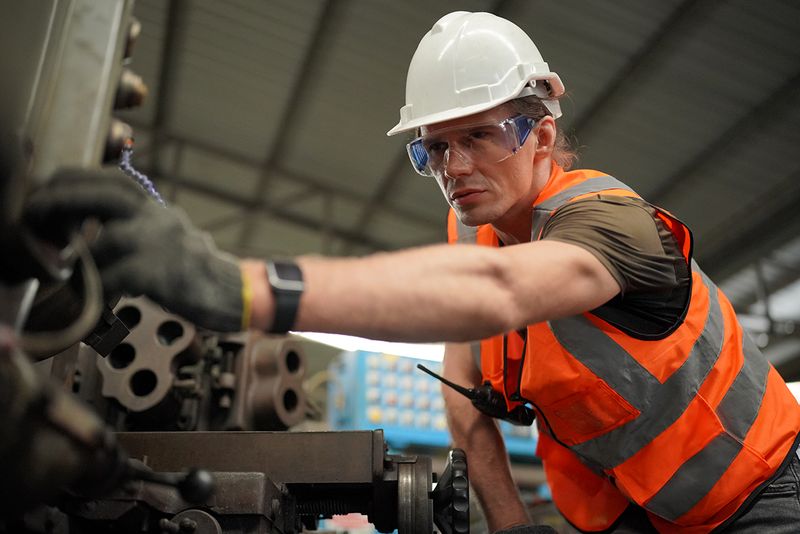Common Musculoskeletal Injuries in the Manufacturing Workforce

Any manual labor involves the use of the musculoskeletal system. This system involves everything required to help the body move, such as muscles, tendons and joints. In the manufacturing industry, your employees utilize their musculoskeletal system to do everything from lifting heavy equipment to handling machines and tools.
Unfortunately, it’s not uncommon for people in the manufacturing workforce to experience musculoskeletal injuries. In fact, the manufacturing industry, combined with the service industry, makes up approximately half of all musculoskeletal disorders. By learning about the possible injuries, you can determine the best preventive measures to reduce the risk of your employees sustaining one.
4 common musculoskeletal injuries that occur in the manufacturing workforce
There are many types of injuries or illnesses that your manufacturing workforce can sustain. However, there are a few musculoskeletal injuries or disorders that are common.
Common manufacturing injuries include:
- Muscle strain — In a labor-intensive job, it’s common to strain a muscle or tendon in the lower back or thigh. A strain means that the tissue has been torn or overstretched. A strained or “pulled” muscle can occur from overuse or not properly stretching before physical activity, such as moving equipment.
- Repetitive strain injuries — In the manufacturing workforce, there are many tasks that require repetitive movements. Using a specific tool or typing on a computer are repetitive tasks. The overuse of specific musculoskeletal tissue can cause repetitive strain injuries (RSIs). Common RSIs include carpal tunnel syndrome and tendinitis.
- Hernia — When there’s a muscle or connective tissue tear, it’s possible to develop a hernia. This occurs when an organ or tissue bulges through the tear. A hernia is most commonly found in the abdomen or groin. It can be caused by several factors, including strenuous activity. It can also be a risk if the muscles have weakened with age.
- Pinched nerve — A nerve can become compressed, or “pinched,” when there is pressure from surrounding tissue, such as bones or muscles. A pinched nerve can cause pain and tingling throughout the body, but it’s especially common in the spine. It can be the result of repetitive movements or awkwardly twisting while completing a task.
Work-Fit can help your employees prevent common injuries in the manufacturing workforce
Now it’s time to discuss how to prevent those common injuries. With the proper safety guidelines and preventive habits, you can reduce the risk of physical distress that your employees endure during their shifts. Reduced distress can decrease the risk of musculoskeletal injuries.
Contact our team today to find out more about all the benefits Work-Fit can bring to your workplace.



